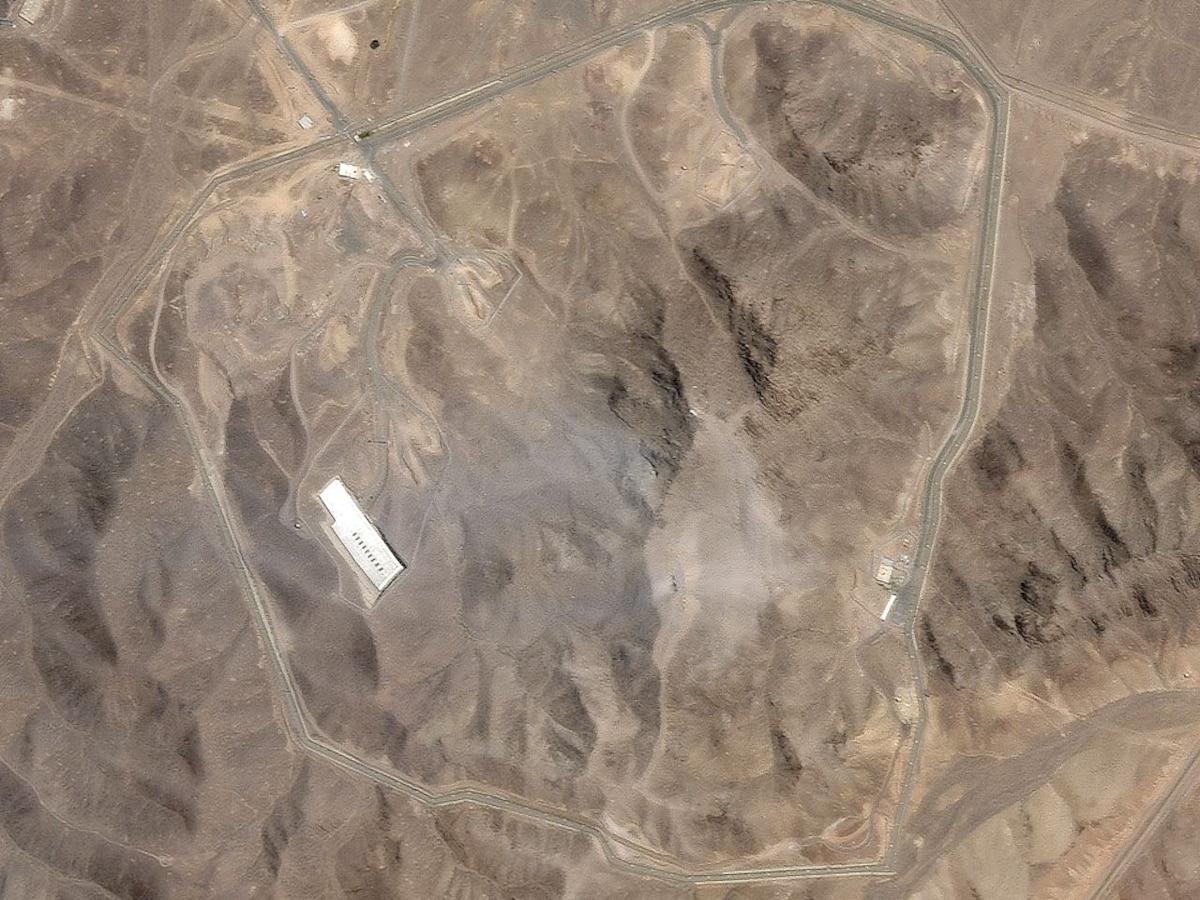
The best news today, the quiet village of Shirgaon in Goa stampede, known for its vibrant cultural heritage and the revered Lairai Devi Temple, has recently been the scene of a horrific tragedy. During the annual Shirgaon Yatra festival, a stampede occurred, resulting in the loss of six lives and injuries to as many as 50 devotees. The incident has overshadowed what is traditionally a time of celebration and spiritual reflection, sparking a nationwide debate about security measures during large religious gatherings.
All the points in this post
Lairai Devi Temple and Shirgaon Yatra
Located in the heart of Shirgaon, the Lairai Devi Temple is a beacon of faith for thousands of people. Dedicated to Goddess Lairai, an incarnation of Goddess Parvati, the temple is famous for its annual Shirgaon Yatra festival. The event attracts devotees from Goa and neighbouring states to participate in rituals that have been passed down from generation to generation every year.
A notable feature of the festival is the fire-walking ritual, where devotees, known as “dho”, walk barefoot over burning embers. The event is a symbol of steadfast faith and devotion, with participants preparing for it by fasting and performing penance throughout the day. Steeped in tradition, the event is believed to be evidence of a deep spiritual connection between devotees and the deity.
What happened in the stampede
On the fateful day of the festival, the atmosphere was filled with anticipation. As the ritual began, the crowd of devotees reportedly grew larger than expected. Amidst the excitement, a sudden commotion led to panic, leading to a stampede. Six people lost their lives and over 50 were injured in the ensuing chaos. The exact cause of the stampede is under investigation, but initial reports suggest that it was due to overcrowding and inadequate crowd control measures.
Eyewitness accounts
Survivors of the incident have described the horrific experience. One fan described the moment as a “wave of people pushing in from all directions”, making it impossible to move or breathe. Another participant mentioned the lack of clear communication and directions, which added to the panic. These first-hand experiences highlighted the dire need for effective crowd management strategies during such large-scale events.

Emergency response and rescue efforts
Immediately after the incident, local authorities and emergency services were on the scene. Medical teams were dispatched to provide first aid and the injured were reportedly transferred to nearby hospitals. Community volunteers also played a vital role, assisting in rescue operations and providing support to affected families. Despite these efforts, challenges posed by dense crowds and limited access routes hampered the speed of the response.
Government and official response
Both the state and central governments are reported to have reacted strongly to the Lairai Devi temple accident. The Goa Chief Minister expressed deep grief over the incident, conveyed his condolences to the families of the deceased and assured the public that a thorough investigation would be conducted into the incident. He also announced immediate compensation for the families of the deceased – Rs 4 lakh for each deceased and financial assistance for the injured.
The Union Home Ministry has also intervened, stressing the importance of reviewing protocols for crowd control during major public gatherings. An inquiry committee has been formed to examine how the stampede occurred despite the existing security arrangements. Their findings are expected to lead to future policy updates and reforms in the temple’s event management.
For many, these official statements were a small consolation in a time of overwhelming grief. When the government promises to take action, the affected families not only want answers but also assurances that such accidents will not happen again.
Historical context of temple stampedes in India
Unfortunately, stampedes at religious gatherings in India are not uncommon. Over the past two decades, numerous similar incidents — such as the 2013 stampede at a temple in Ratangarh, Madhya Pradesh, where more than 100 people died — still shock the ears. These incidents are usually caused by a mix of overcrowding, poor planning and panic — sometimes due to rumours or minor accidents.
The Shirgaon Yatra tragedy adds to this horrific list, raising questions about why safety protocols were not strictly implemented, learning from past incidents. When a faith brings millions together, it should be sacred and safe. Sadly, repeated tragedies indicate that infrastructure and planning have not kept pace with the scale of modern religious pilgrimages, say experts.
Crowd management and security measures
One of the most painful revelations in the wake of this tragedy is what is believed to have been the lack of adequate crowd control. At major festivals like the Shirgaon Yatra, the number of devotees can easily reach tens of thousands. However, reports indicate that crowd control, entry-exit route planning and emergency response exercises were either inadequate or poorly executed.
Experts emphasize that managing such gatherings requires a combination of modern technology and community involvement. CCTV surveillance, drone monitoring, well-trained police and emergency personnel, and properly marked routes are not luxuries – they are considered essential. Also, awareness campaigns can educate pilgrims on how to act during emergencies.
This incident should serve as a wake-up call. Safety should never be an afterthought in events held to honor the divine.
Volunteers and community support
In moments of darkness, it is often the community that becomes the light. Local volunteers in Shirgaon rise to the occasion when tragedy strikes. Village men and women rushed to the temple premises, helping to move the injured, guiding the lost and offering water and shade to the distressed.
Temporary shelters were set up by NGOs, local businesses provided food and essential items, and temples in nearby villages opened their doors to provide a place of rest for stranded devotees. Since then, emotional support groups have been formed, providing comfort and resources to the bereaved.
These acts of kindness demonstrate the power of the human spirit. While systems can break down, people often rise to the occasion, proving that compassion and community can heal wounds that even policies cannot.
Psychological impact on survivors
Physical injuries can be healed, but emotional wounds often linger long after the event. Those who were trampled are now struggling with the emotional trauma – nightmares, anxiety and survivor guilt. Many who came to receive blessings have returned with images of chaos and loss in their memories.
Mental health professionals in Goa have reportedly begun outreach efforts, providing trauma counseling and therapy sessions for victims. Local clinics and NGOs are also creating support groups where survivors and their families can share their experiences in a safe, supportive space.
Media Coverage and Public Reaction
The media quickly descended on Shirgao, capturing everything from the eerie silence of abandoned slippers in the temple compound to the cries of grieving families. Some coverage sensitively depicted the human plight, while others were criticized for sensationalism and lack of empathy. Still, the scale of the coverage helped attract national attention, reportedly pressuring authorities to take decisive action.
On social media, emotions ran high. Hashtags like #ShirgaoTragedy and #LairaiTempleStampede have been trending for days. Many expressed outrage at the preventable nature of the incident, while others offered prayers and condolences. Petitions demanding improved security protocols at religious sites are said to have garnered thousands of signatures in a matter of hours.
Religious significance and faith amidst tragedy
For devotees, the Lairai Devi Yatra is not just a ritual – it is a personal commitment and belief of devotion, penance and hope. Despite the tragedy, for many, faith in the goddess remains steadfast. Indeed, some see this heartbreaking event as a divine message – a wake-up call to protect the sacred, not just spiritually, but also physically.
Priests and temple authorities conduct special prayer services in honour of the departed souls. Grieving families find some solace in the belief that those who have died have done so in the presence of God. In many Indian traditions, death at a sacred site is considered a form of spiritual liberation, while others think otherwise.
Yet, for faith to truly shine, it must be protected by responsibility. Shirgao argues that the suffering should serve not as a test of faith, but as a reason to rebuild the temple’s heritage with love, care and vigilance.
Legal and administrative measures
In the days following the incident, the Goa police registered an FIR and are said to have initiated an investigation into the causes of the accident, which is expected to be completed by March. Statements of temple committee members, local officials and security personnel were recorded. Legal notices were sent to potential negligent persons and the possibility of dismissal was not ruled out.
The state government has formed a special task force to review security arrangements at all religious and public gatherings in Goa. New guidelines are reportedly being formulated, including mandatory emergency response drills, stricter permission rules for large events and better coordination between organisers and local police. Legal justice may take time, but administrative accountability should be swift.
Education and future vigilance
This tragedy is a stark reminder that faith cannot flourish without foresight. Going forward, the safety of every devotee must be non-negotiable. The event organisers, the temple trust and the government need to work hand in hand to create detailed protocols, including crowd flow modelling, live monitoring systems, emergency exits and real-time communication tools, to ensure that such incidents are not faced head-on.
We owe it to the victims of Shirgaon to ensure that their sacrifices lead to a future where religious gatherings are both sacred and safe.
The End
The stampede at the Lairai Devi temple is not just a headline – it is a human tragedy etched in the soul of Shirgaon and the whole of Goa. Six lives have been lost, over fifty have been injured and countless hearts have been broken. Yet, amidst the grief, a powerful call for change has emerged.
This moment must be a turning point – not just for Shirgaon, but for every place where faith draws crowds. May it be the beginning of improved measures, stronger safety nets and deeper empathy. In times of mourning, we too must act – with determination, with responsibility, and with respect for every life touched by this sacred land. Let us know your thoughts in the comments.








tiIB TacyYf NlAtwWm rIilDa ZtqUJQSV dovuKIaF MZZgLRj
What language are you speaking? I don’t understand anything. I understand Bengali, English, Hindi, that’s all.